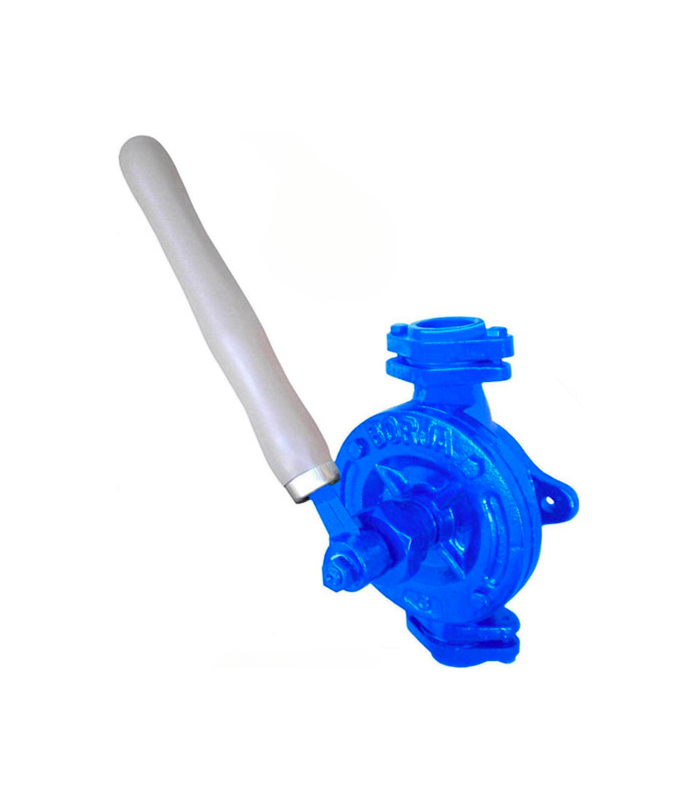Our “Aletoria” pump is a rotary hydraulic pump that moves liquid from one place to another. The manual pump is a piece that can be manipulated with just one hand, to facilitate its use and the correct and safe extraction of the substance or liquid contained. To extract, simply apply the minimum effort necessary to create pressure inside the body or suction box of the pump by operating the lever and extract the necessary amount of product.
Its main advantage is that it does not depend on an electrical network to carry out its work, so in the event of a lack of current or supply failure, it will continue to provide the service with full guarantees. Its applications are very diverse: in homes where access to the current or water is restricted or difficult (wells), to remove water from a flooded cavity, perform irrigation, emptying ponds or the domestic supply itself.
The hand pump extracts water by pumping it from a lower level to the surface using human power. It is based on mechanical energy, so that since it is a rotary pump, it has a driving piece that rotates in one direction and then in the opposite direction when pumping, creating a suction effect inside the body that allows the entrance of the liquid inside creating a continuous current with the repetition of the movement.
Its fix in case of breakage is easy, and it is possible for a user with basic mechanical knowledge to disassemble and repair it.











